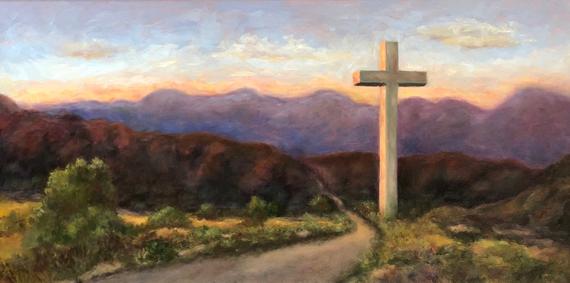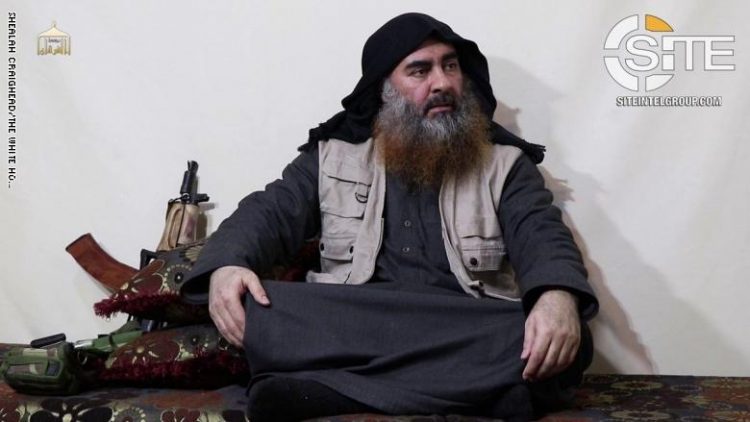Introduction
Introduction
The Al-Mesbar Studies and Research Center in Dubai is pleased to publish the proceedings of its Third International Conference: “Historical Sources for Middle Eastern Christians,” the result of a partnership with the Franciscan Cultural Center for Coptic Studies. The conference was held from 15-17 November 2018 in Cairo and involved a group of researchers and university professors from several countries, including Saudi Arabia, Egypt, Libya, Lebanon, Italy, Austria, Hungary, the U.S., and others, all brought together for the purposes of scientific research.
The conference is composed of five themes. The first consists of the writings of historians, orientalists, and travelers, all of which reflect the history, sources and overlapping cultures of Middle Eastern Christians. The second highlights influential Christian figures in their communities, whose effect extended to “the Other”. The third examines similar artistic and architectural impressions among Middle Eastern Christian communities which influenced local style and patterns of construction. The fourth traces the research of social and economic life as a meeting place and source for an oral account of history. Finally, the fifth axis of study turns on popular religious heritage.
Study of the historical sources of Christians in the Levant, North Africa, and the Arabian Peninsula shows the scientific importance of that heritage across various fields. In the written historical portion of the conference, seven papers were presented: ” Syriac synods: ecclesiastical historical sources “, “The Franks’ Wars in Coptic and Syriac sources”, “Translators and their Political and Economic Activity in the Mamluk Era”, “Coptic and Arabic Manuscripts During the Second and Thirteenth Centuries AD”, ” Christianity in the Arabian Peninsula between the fourth and sixth centuries AD”, ” Kingdom of Arab Christians: The Lekhemites and the Ghassanids between Rome and Persia “, and ” History of the Christians of Western Tripoli during the Karamanli era (1711-1835)”.
The Conference’s work dealt with prominent Christian figures, who had remarkable literary and religious influences in ancient and contemporary history. Some of them acted as a bridge of cultural and religious communication, who later on became influential figures, including: ” Qusta ibn Luqa : the Arab Christian with the first health guide for the pilgrimage to Mecca”,”Francis of Assisi and his influence in Europe and the Near East”. Another famous figure was the so-called “nun Hindiyya al-‘Ujaimi “ , a crucial individual in the history of the Maronite Church in the eighteenth century; still another was ” Youakim Moubarac ” one of the most important pioneers of Islamic-Christian dialogue in the Abrahamic space. As for the realm of artistic and architectural influences, the Conference devoted special attention to this in the talk “Ibrahim and Gerges El-Gohary … Patrons of Coptic art in Egypt”.
As for the genre of material produced by orientalists and travelers, the book studied the manuscript of Egeria’s journey to the Holy Land, providing valuable and rich information to scholars interested in religious topography.
The focus of popular religious heritage included: “Folk Customs and their Laws in the Coptic Orthodox Church”, ” Saint George’s Birth in Egypt: Customs and Rituals”, “The Holy Family’s Flight to Egypt in Christian Popular Literature”, “Copts of Egypt and their Customs as Related by the British Scholar Lederer” (1865-1930), and finally, ” The birth of Saint Parsoma the Naked in popular belief”.
This book provides additional value to the Arab library, especially in the context of understanding the Christian religious heritage and its sources, which warrants further study and analysis, especially in the field of traditional, popular religion, and religious figures influential in the creation of dialogue and interreligious living.
In conclusion, we thank all of the researchers participating in the conference; in particular the organizers of the “Franciscan Cultural Center for Coptic Studies”; and, most notably, father Milad Shehata, coordinator of the collaboration, and our colleague Rita Faraj, who oversaw the production of this book.
Editor-in-chief
Omar Al-Bashir al-Turabi










